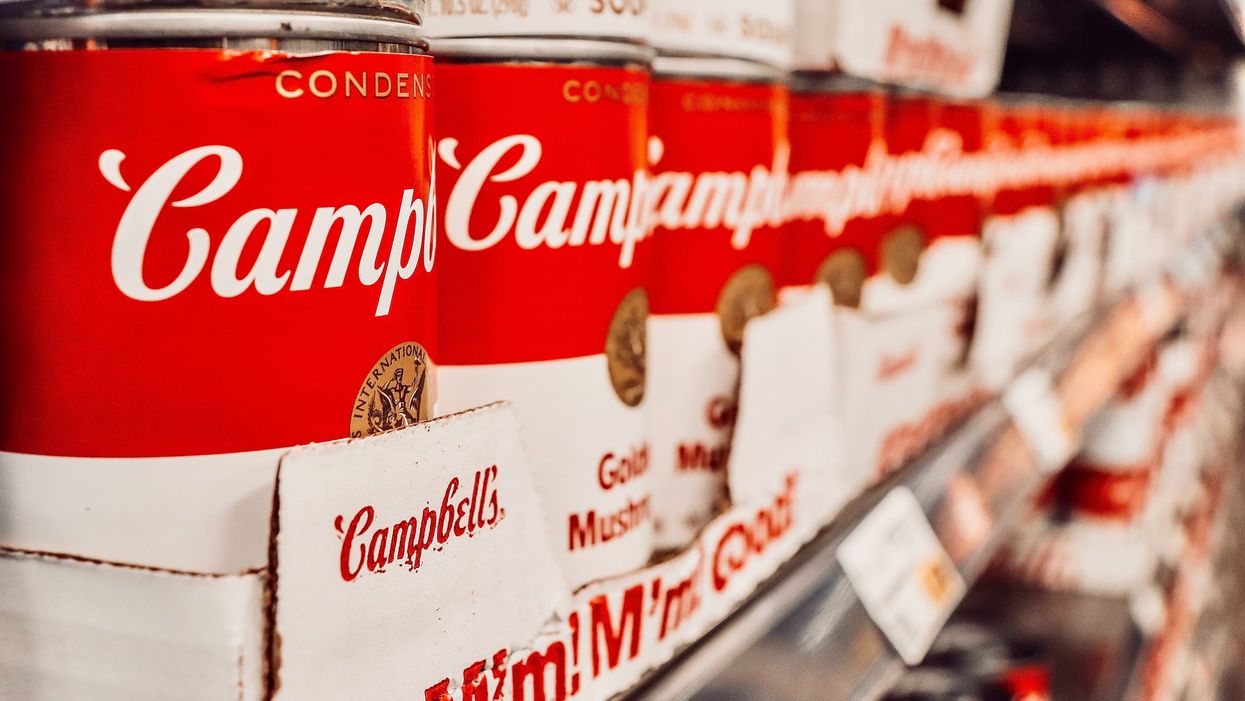Ulta Beauty surpassed $10 billion in revenue for the first time in 2022, underscoring the category strength of beauty in the face of significant economic headwinds.
Key Ulta results for 2022 include:
- Net sales of $10.2 billion, increasing 18.3% over 2021.
- Gross profit growth of 20.1%, increasing to 39.6% of net sales.
- Loyalty membership now numbers more than 40 million Ultimate Rewards subscribers.
“Achieving such meaningful milestones reflects healthy consumer engagement with the beauty category, the power of Ulta Beauty's highly differentiated model, and the impact of our winning culture and outstanding teams,” CEO Dave Kimbell told analysts.
In the fourth quarter, Ulta achieved similar net sales growth of 18.2%, as strong holiday sales created momentum that continued into January. The company increased market share in prestige beauty, according to NPD data cited by the retailer. Skincare proved to be the strongest gainer on a category level with double-digit growth across mass and prestige.
The retailer’s approach to digital commerce includes in-store fulfillment through BOPIS, same-day delivery and ship from store. Same-day delivery expanded to six new markets. In all, 31% of digital orders were fulfilled by stores, up from 28% in 2021. Ulta is also completing a phased refresh of its digital store and expanding virtual try-on capabilities for skincare and hairstyle.
In 2022, Ulta also launched its retail media network, called UB Media, and has plans to expand in 2023.
“Building on the foundation established in 2022, we will offer new opportunities on Ulta-owned properties and enhanced existing products with advanced reporting and optimized audience selection,” KImbell said.
From a market perspective, Ulta is aiming to expand in luxury with an elevated experience both in stores and online. It recently introduced skincare and makeup products from Dior that will serve as an anchor alongside Chanel.
The decision to expand in luxury comes as a result of customer insights, and the retailer also plans to stay focused on using data to power digital commerce across the business.
“We plan to expand the power of our loyalty program by enhancing our media mix to acquire new members and elevate the loyalty program throughout our digital shopping experience,” said Kimbell. “We plan to leverage our analytics and data insights further to reactivate lapsed guests, increased retention, and shift share of wallet. And we intend to leverage our digital and physical assets to drive greater omnichannel member penetration.”
Ulta’s growth comes as beauty as a whole is proving to be resilient, even as consumers pull back on discretionary spending in other areas. Beauty benefitted from reopening following the pandemic, as consumers bought new products to return to the office and social events.
This trend carried through to the holiday season, when there was a notable uptick in beauty demand as people got together with family and attended social events, said GlobalData Managing Director Neil Saunders. Ulta’s mix of convenience and range of products was in place to make it a destination for these shoppers.
While consumers pull back in some areas as a result of inflation, the current economy is reviving the lipstick index, in which people see beauty products as an affordable luxury that can make them feel good despite tough times. This trend has only strengthened as beauty has become more “scientific and solutions-oriented,” Saunders said.
“Beauty is no longer a category that is just about adding a bit of color to a complexion,” Saunders said. “It is now concerned with health, vitality and wellbeing and with helping consumers remedy problems with skin, hair and other things. This not only helps to push up the amount people are willing to spend but also makes that spending extremely sticky.”










